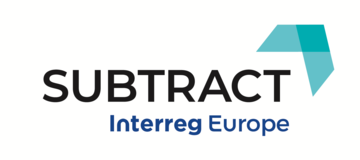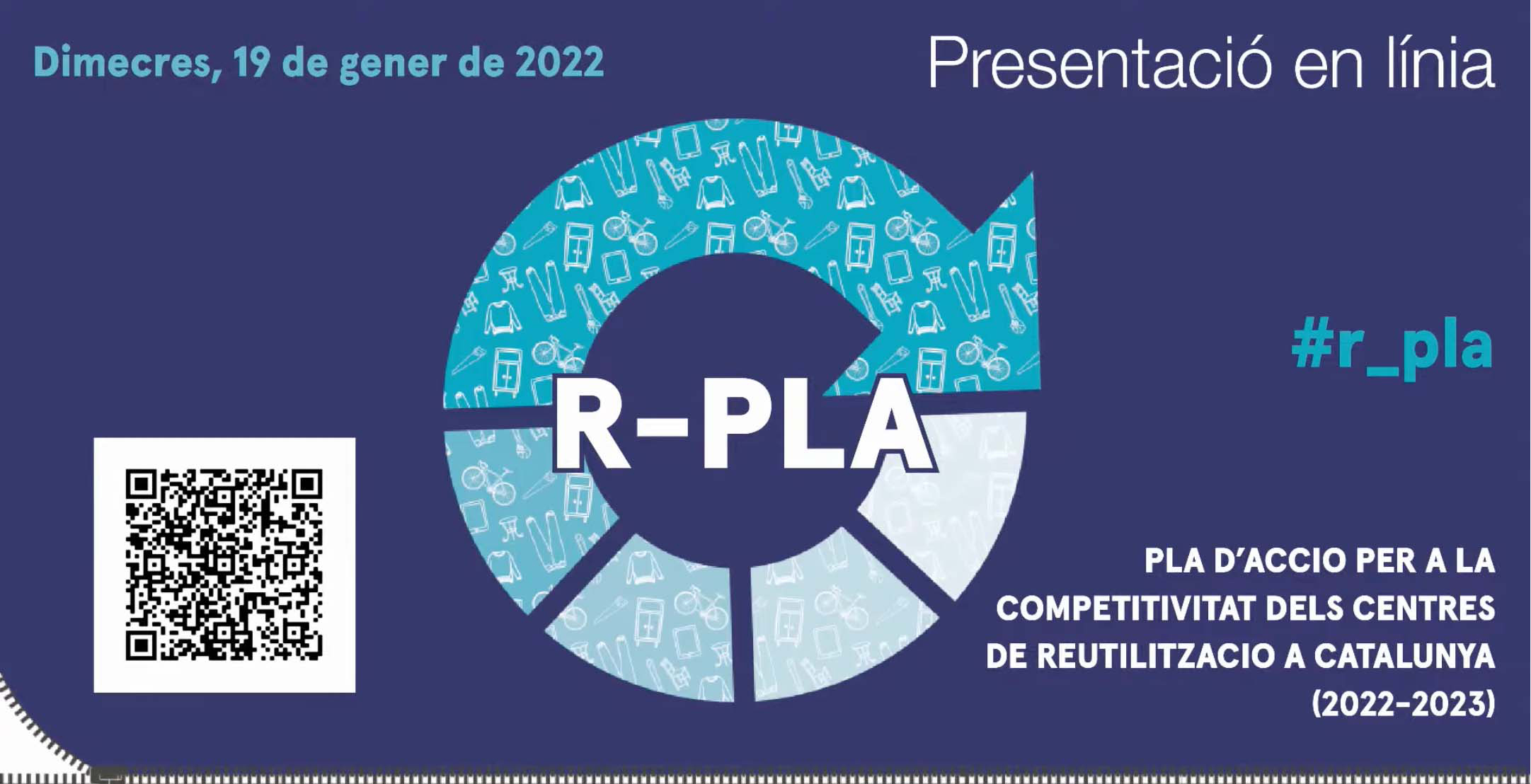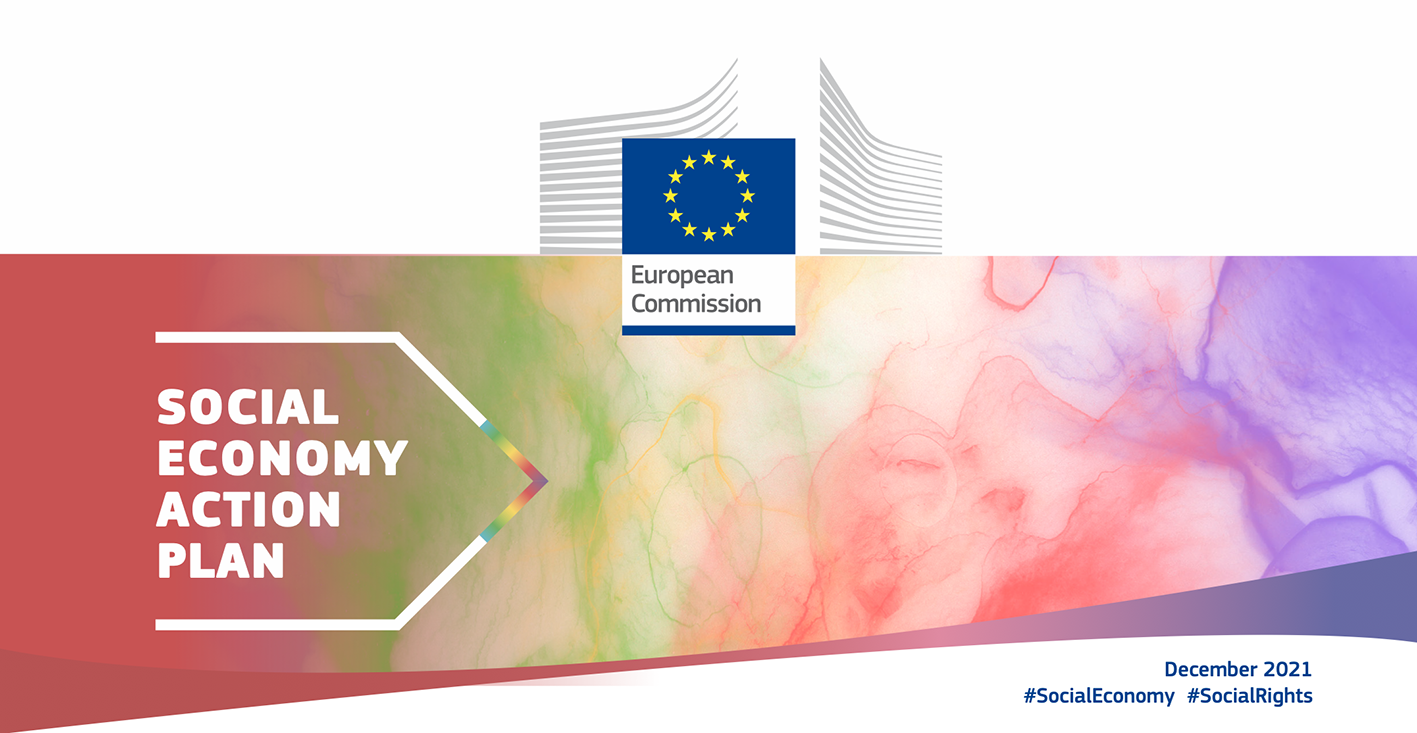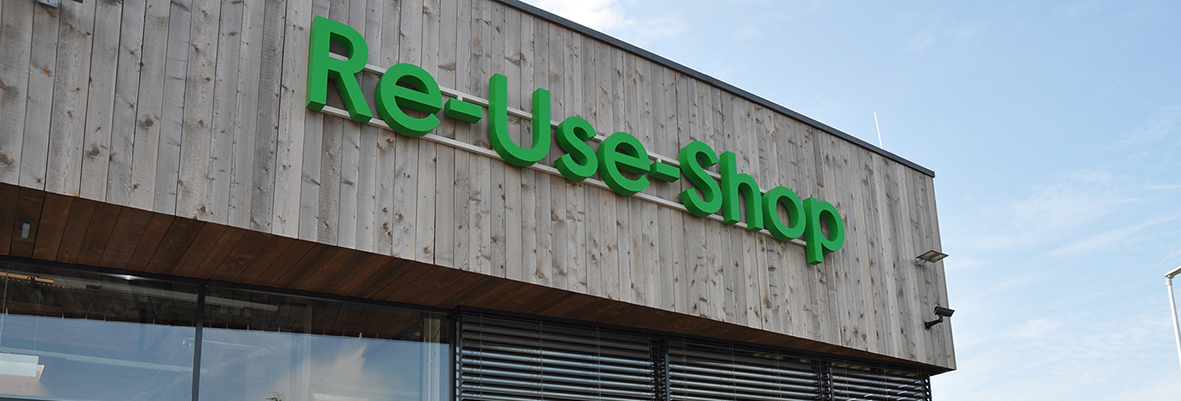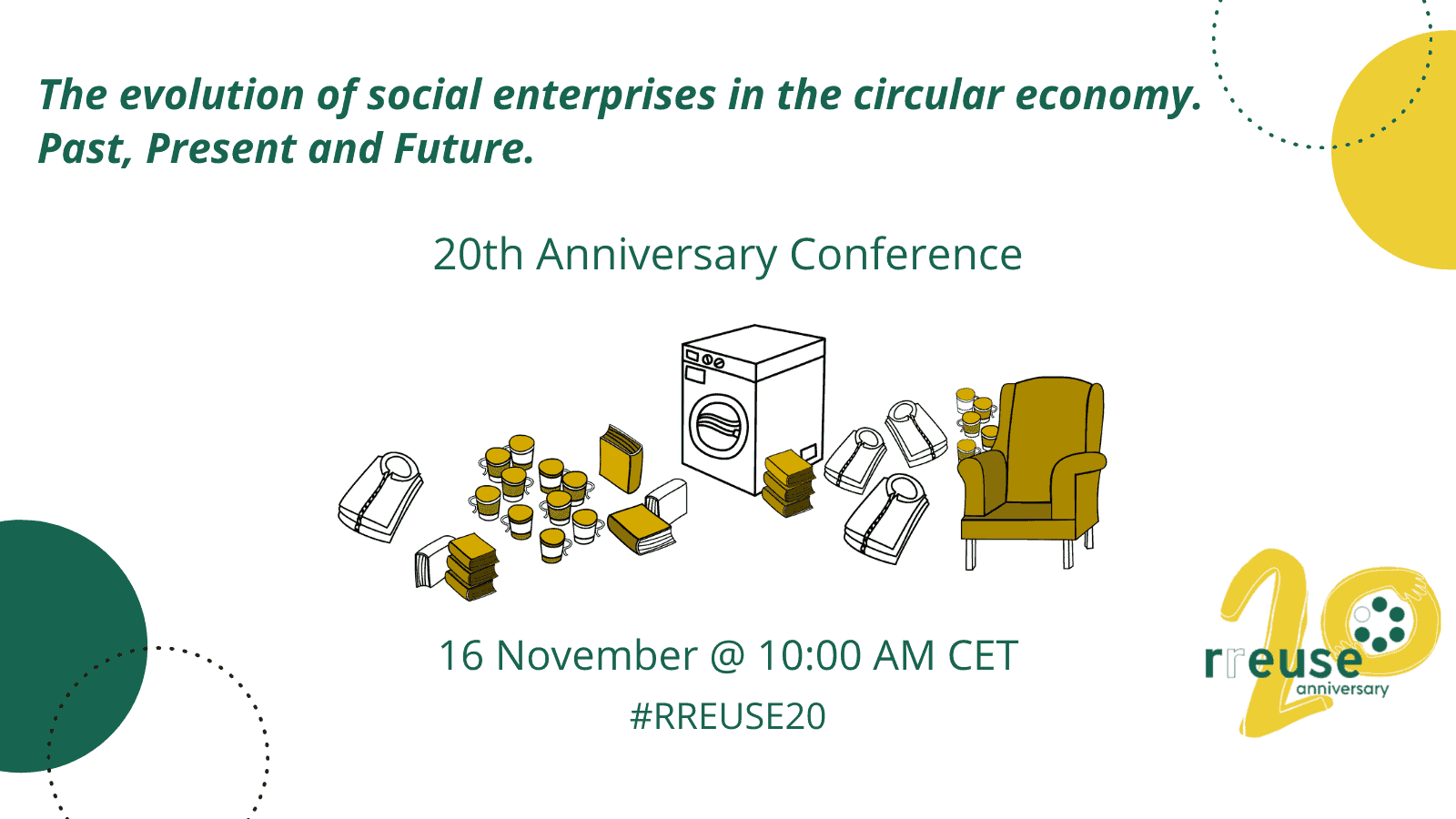Furniture and other bulky items often go into skips instead of being reused. Community Resources Network Ireland (CRNI) estimates that over 1.2 million potentially reusable bulky goods are thrown away in Ireland every year. But how to ensure that more of them go to reuse? How to make reuse of bulky items cost-convenient for the public sector? To answer these questions a webinar has been recently hosted by the Ireland-based Environmental Protection Agency. (EPA).
Bulky items comprise medium size items such as furniture, fixtures and fittings or garden and outdoor. According to the CRNI “office furniture in particular is often replaced due to aesthetic and corporate reasons, on an entire office basis, rather than any loss of functionality”. Reuse of bulky goods can notably reduce waste costs as well as the amount of resources being sent to landfill, thus, supporting the transition towards a more circular economy.
With more than 50 attendees participated in the webinar, CRNI presented the major findings of their project on designing a service model to improve bulky item reuse. Through their research, CRNI wants to inspire public sector authorities to get involved in bulky items reuse and exchange. The project was funded by the EPA under the Green Enterprise programme.
In her presentation, a CRNI representative emphasized that the key barrier to the reuse of bulky items might be their storage. On the one hand, the goods can be damaged, on the other hand, their storage requires a comprehensive inventory management. The solution to that problem could be to focus on turnaround times i.e. “the number of days needed to validate that the item is suitable for reuse, find a claimant and organise the relocation of the item”. This time can be shortened by organizing staff trainings or expanding network of claimants, e.g. through online exchange platforms.
Innovative service models to improve bulky item reuse
Based on the findings from the CRNI research project, four different tailored service approaches to establish a reuse scheme have been developed. These models could be adopted by the public authorities depending on their resources or requirements.
For instance, in case of the internal exchange model, reuse and exchange process is established within a single organisation. This model has lower cost of implementation as it doesn’t require coordination with external stakeholders, nevertheless, a small network can notably limit the exchange of reused items.
Another interesting model is based on establishing a regional cluster of organisations that can advertise and manage unwanted items for reuse via a common online commercial platform. Thanks to a broader reuse network not only more exchanges can be enabled by also transport requirements can be minimized.
Other two approaches concern the external exchange with third sector or project-based exchange. All four models, including their major advantages and disadvantages, are summarized in the brochure “How To Guide for Bulky Item Reuse in Public Sector” that can be found at the CRNI website.
Photo credit Pixabay
